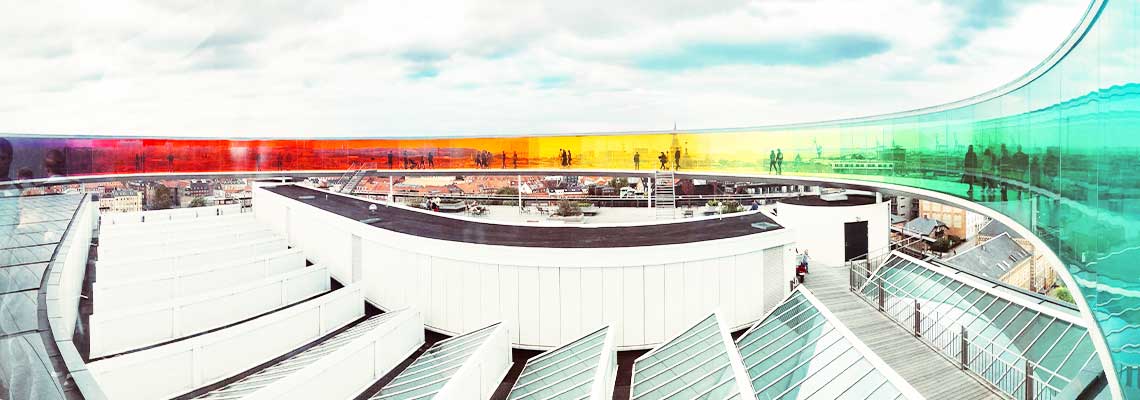It is now known that it is better to wear sunscreen throughout the year, but it is time to be more careful in spring and summer when UV rays are more intense.
In this issue, we will introduce you to the “UV absorber-free” and “UV scattering agent-free” ingredients listed on commercial sunscreens and the difference between them, as well as the meaning of the “non-chemical” label!
What are UV absorbers? Advantages and Disadvantages
UV absorbers prevent bad effects by converting UV light into other forms of energy, such as heat energy. UV absorbers are sometimes referred to as “chemicals.
Advantages include increased transparency, resistance to white casts, stretchiness, comfort of application, and resistance to breakdown due to perspiration. The disadvantage is that some people with sensitive skin may feel irritation due to the absorption of UV rays.
Ingredients used in UV absorbers
Octyl methoxysilicate.
Octyl dimethoxybenzylidene dioxoimidazolidine propionate
Ethylhexyl methoxysilicate
2-Ethylhexyl paramethoxysilicate
Bis-ethylhexyloxyphenol methoxyphenyl triazine.
Hexyl diethylamino hydroxybenzoyl benzoate.
t-Butylmethoxydibenzoylmethane.
Octocrylene.
Octyltriazone, etc.
What is a UV Scattering Agent? Advantages and Disadvantages
Ultraviolet light scattering agents evenly cover sunscreen-applied skin and reflect and scatter ultraviolet rays on the skin surface to prevent the effects of ultraviolet rays.
Because they are natural ingredients, they are sometimes described as “non-chemical” as opposed to “chemical” UV absorbers. Unlike chemical types that contain UV absorbing agents, the advantage is that they are less harmful to the skin. Many of them can be removed with soap, so they are also recommended for children.
On the other hand, because they are natural ingredients, they also have disadvantages such as being weak against perspiration, slightly ineffective in protecting against UV rays, and sticky.
Non-chemical” does not necessarily mean “free of irritating ingredients,” so please keep this in mind and check the other ingredients carefully. It is important to choose a sunscreen that contains as few petroleum-based and synthetic ingredients as possible.
It is recommended that UV absorbing agents (chemical type) be used only temporarily or in situations where you sweat, such as outdoors, and that UV scattering agents (non-chemical type) be chosen for everyday use.
Ingredients used in UV Scattering Agents
Titanium dioxide
Zinc oxide, etc.

We’ll pick the right sunscreen for our skin type and environment!
After all, if you are going to be in a place with strong sunlight for a long period of time, it is recommended to use a sunscreen that uses UV absorbers (chemical). For those using UV scatterers, SPF15 (93% UV protection rate) seems to be the limit, prioritizing the feeling of use.
For general outings, sensitive skin, and children’s use, we recommend the use of UV scatterers (non-chemical). SPF15 is sufficient for daily life and short time in the sun. However, since it easily falls off with perspiration, it is recommended to use a light coat every 2 to 3 hours.
プロ愛用のおすすめマウス紹介!
ここで、League of Legends及び eスポーツ界のレジェンド、Faker選手使用のおすすめマウスをご紹介します!
Faker選手はデビュー当初から、Razer DeathAddrシリーズのマウスを愛用。DeathAddrシリーズは超軽量エルゴ形状で、長時間でも疲れにくく振りやすいのが特徴!手が中〜大きめで、軽さと安定感を求める人に刺さるマウスになっています。

Faaker選手は手が大きめなので、日本人や女性向けだとRazer Viper V3 Proシリーズのほうがフィットしやすく、こちらはFPSプロゲーマーなどにも非常に人気のモデル。
DeathAddrシリーズ同様、軽量で疲れにくいのが特徴で、ゲームだけでなく長時間のパソコン作業にも最適。Faker選手とのコラボモデルも発売されオススメのマウスシリーズです!(黒・白・赤 カラーバリエーションあり)










